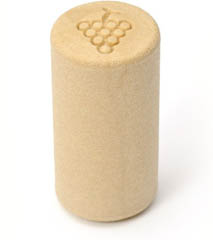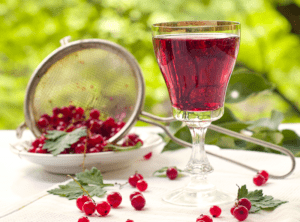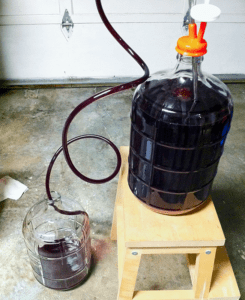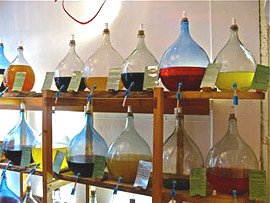Courtesy of Wikipedia
Whether you are an old pro at home wine making or just getting started, there is so much potential to create your own signature flavors and creations. Many wine-makers enjoy doing so by growing their own batch of grapes. Homegrown grapes are a growing trend in wine making, and a great way to get more involved in the flavor creation process.
Different grapes prosper in different regions, so before getting started it’s important to carefully research which grapes will grow optimally in your specific location and climate. One popular type is vitis vinifera, a grape that produces popular flavors such as Chardonnay, Merlot, White Zinfandel, and Cabernet Sauvignon. Vitis vinifera derives from a European grape family, and is commonly found in areas such as the Pacific Northwest, California, and Mid-Atlantic regions with milder climates. For colder or wetter climates, alternate grape options are often found. Vitis labrusca grapes are a common type of grape less vulnerable to cold, and may be successfully grown in northern regions.
Now, for the grape growing. After you have researched the best type of grapes to successfully grow in your region, get started with planting vines. The best time of the year to plant vines is early spring. Vines generally take about three years to mature and bear fruit, so be prepared with some patience. Make sure to pick a very sunny location, with good soil drainage. Nutrient poor soil is optimal for grapes, because smaller, undernourished grapes produce the most flavorful wines. After planting vines, ensure that trellises are at least six feet high. As the vine continues to grow, prune and train the vine carefully and correctly.
You will see your vine blossom and mature over several years, until it finally bears fruit. Approximately ten pounds of grapes produce a gallon of wine, meaning ten to twenty vines are needed to produce a smaller batch of wine. Growing grapes is a rewarding aspect of wine making, and allows you to create distinct, authentic flavoring. Remember, great grapes make great wine. While the harvest process is important in developing strong flavors, it is just important to carefully store grapes prior to wine making. Once you get down the basics of growing grapes, break out the wine making kits, and get started on learning how to use your wine making equipment to develop your own signature creation!




 Hi E.C.Kraus!
Hi E.C.Kraus!